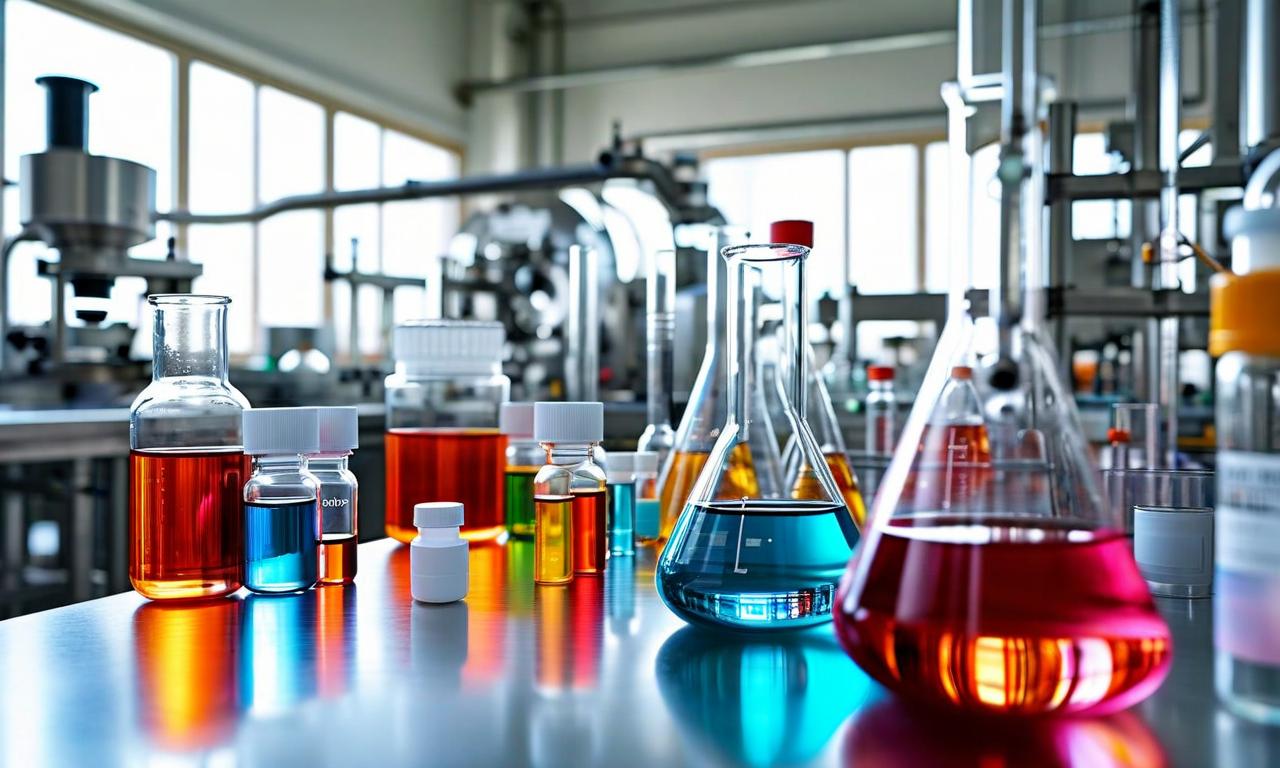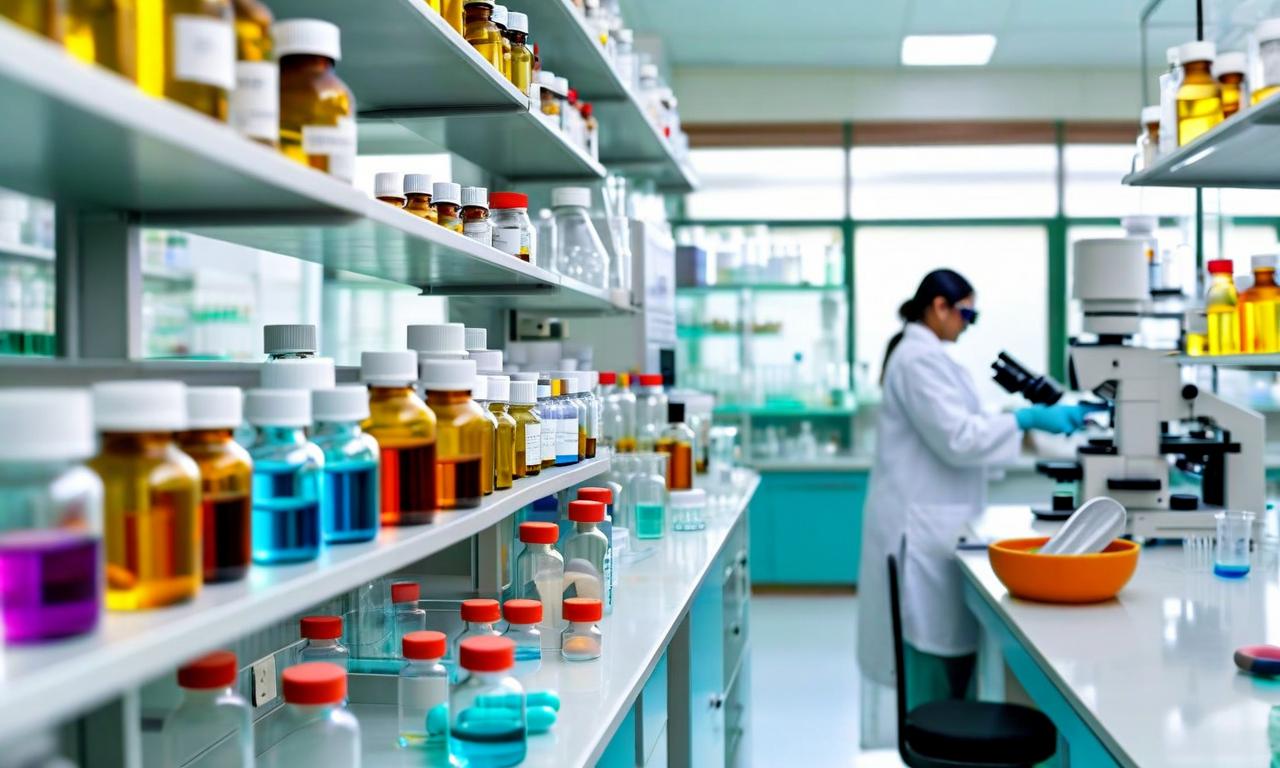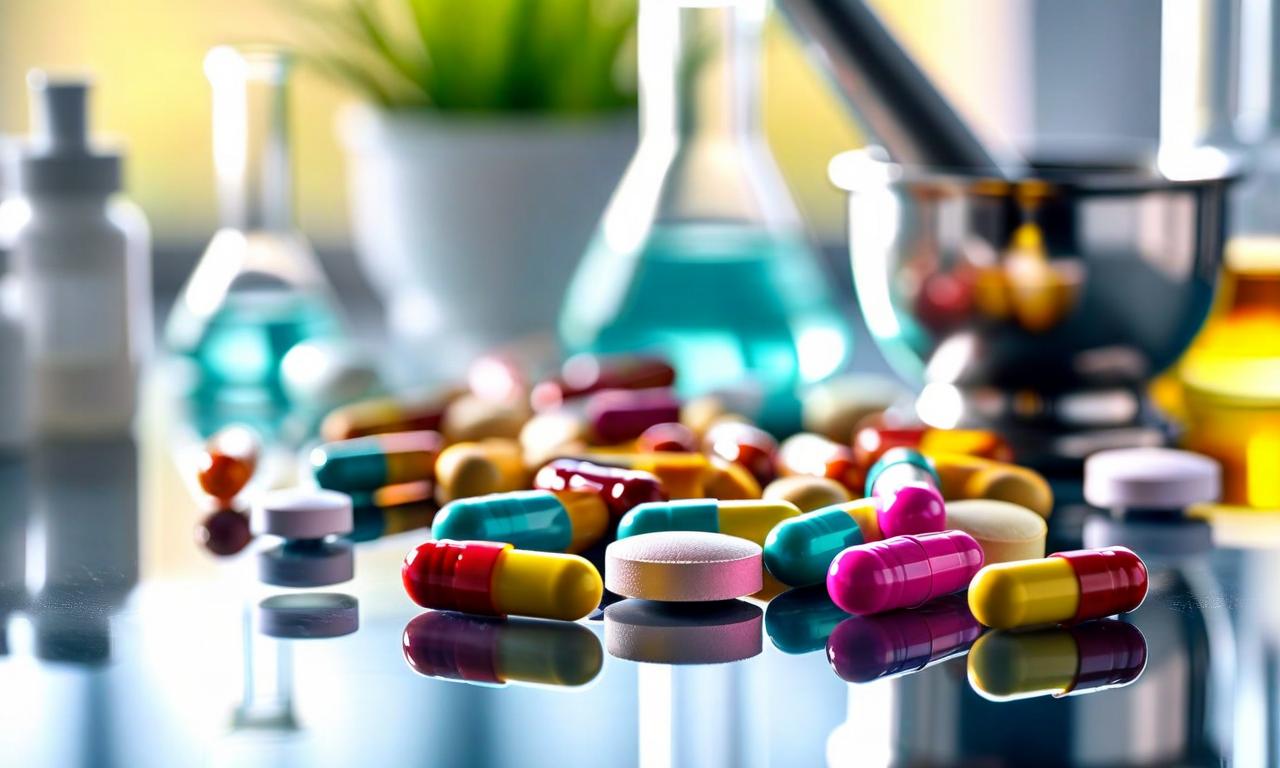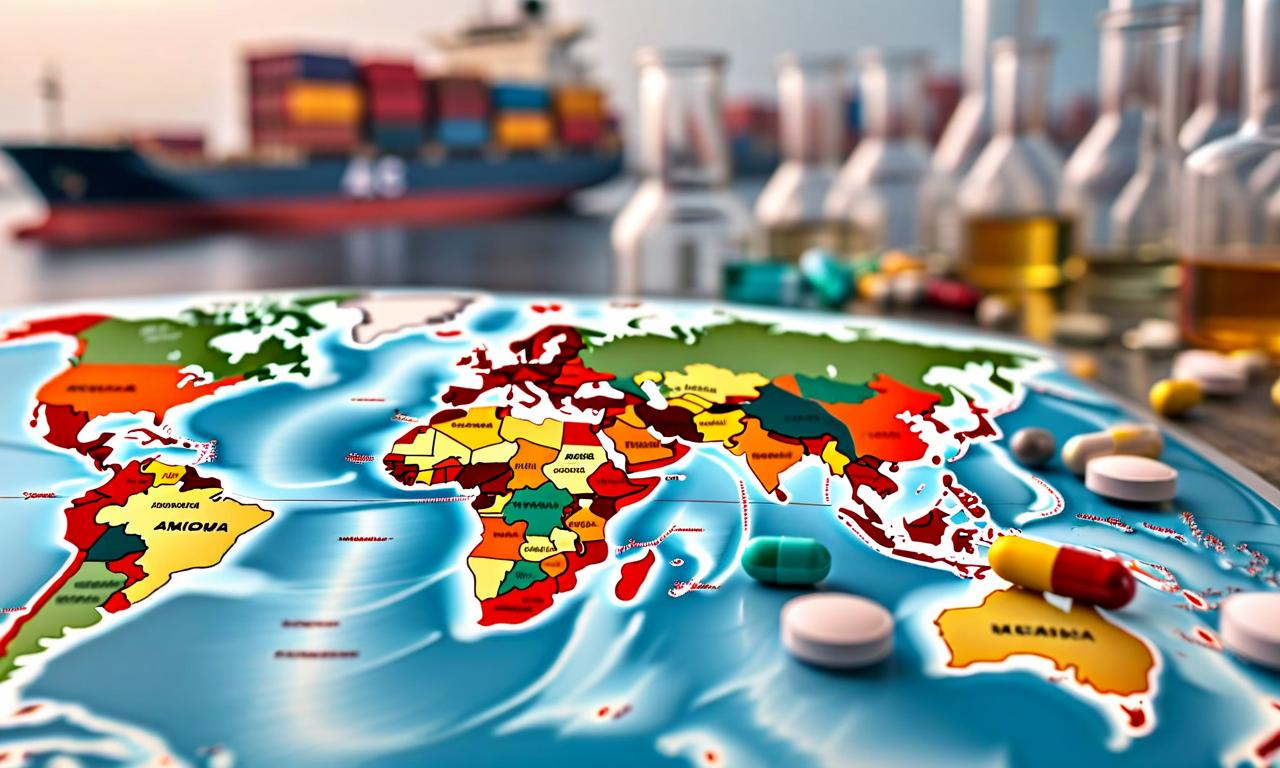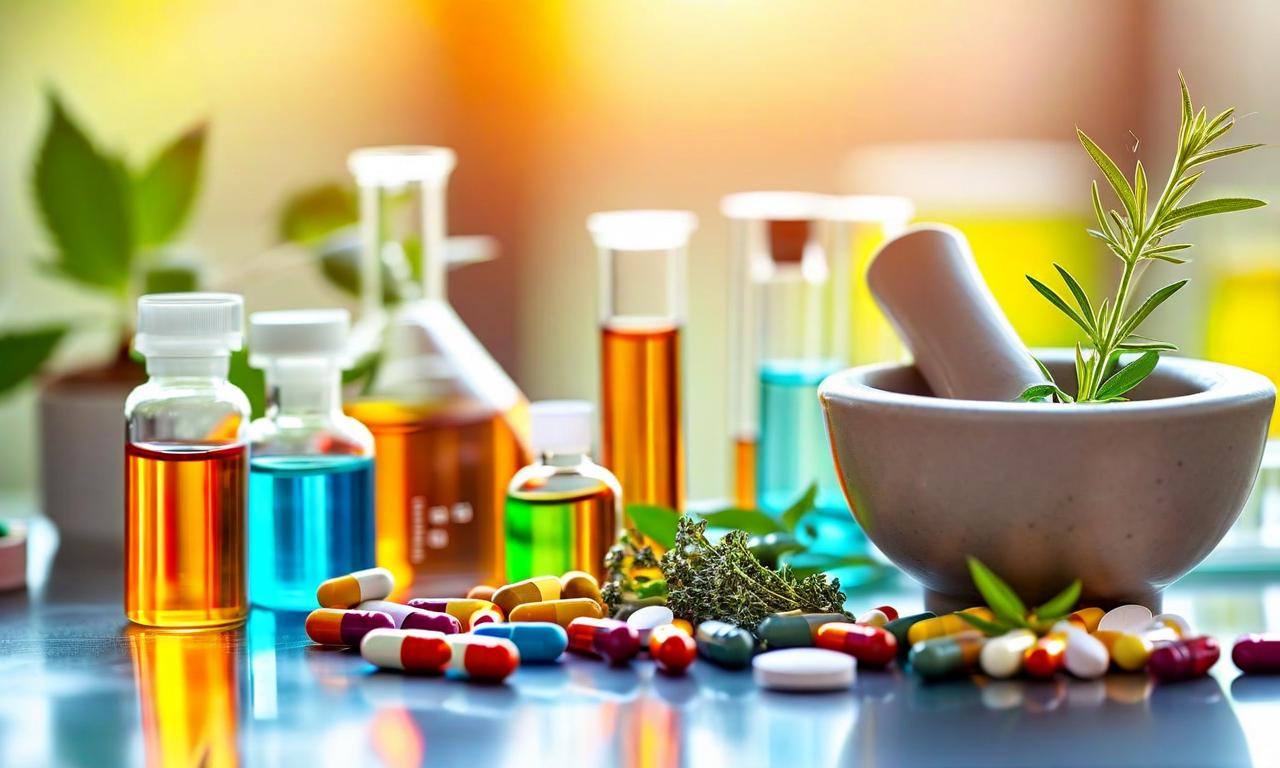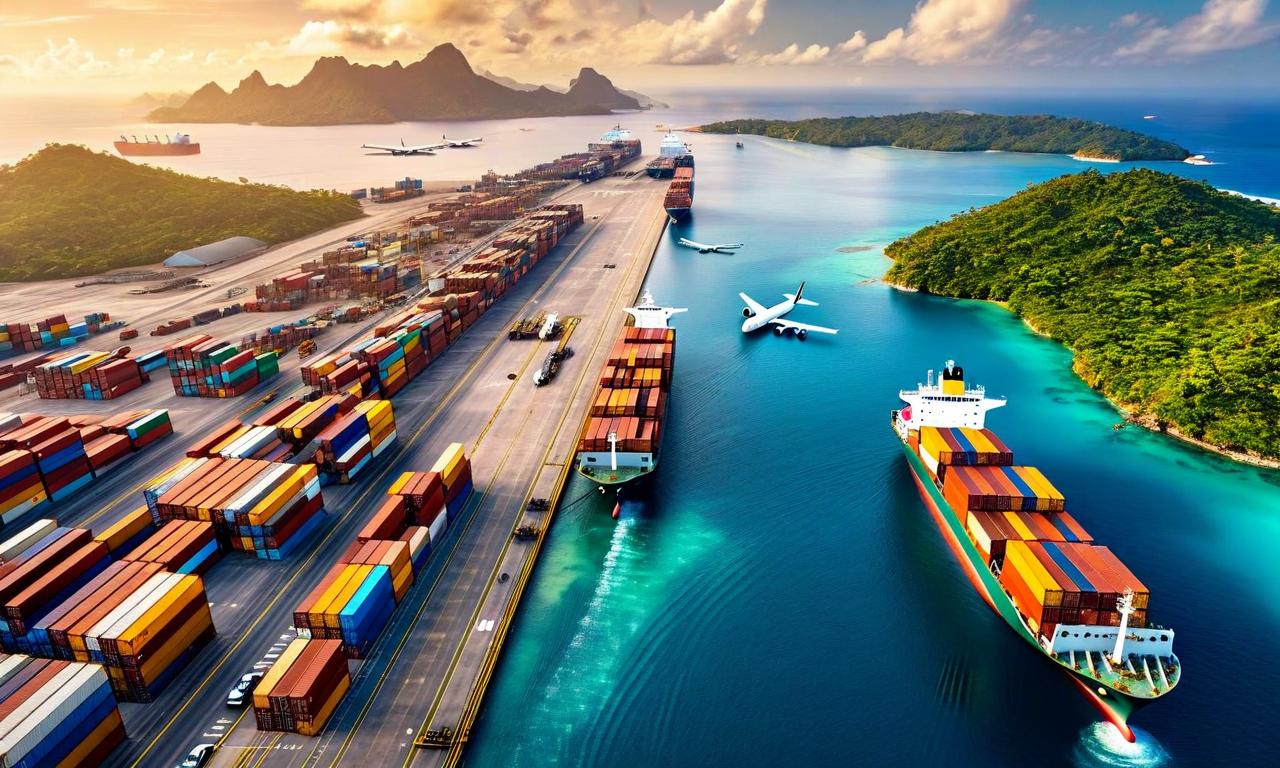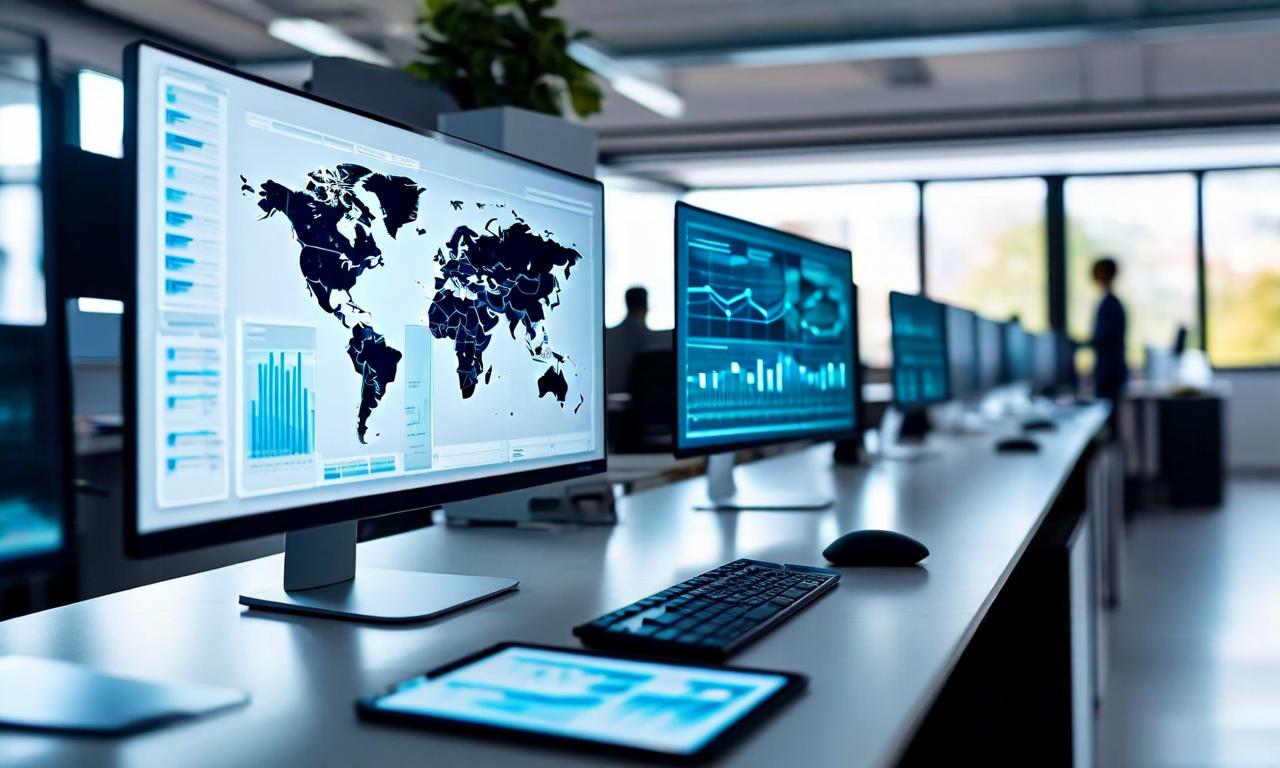Indian Generic Pharma Maintains US Market Dominance Despite Tariff Uncertainty
India supplies 45-50% of US generic drugs, with generics accounting for one-third of leading Indian pharma firms' revenues. A pending Section 232 investigation could lead to tariffs on Indian pharma imports to the US. Modest tariffs (10-20%) may be absorbed, while higher tariffs (20-30%) could pose challenges. India maintains a 50-60% cost advantage over US manufacturing. Larger Indian firms like Lupin, Cipla, and Sun Pharma are better positioned to navigate potential tariffs. The global CDMO market presents growth opportunities, with India currently holding only 4% of the $200 billion market.
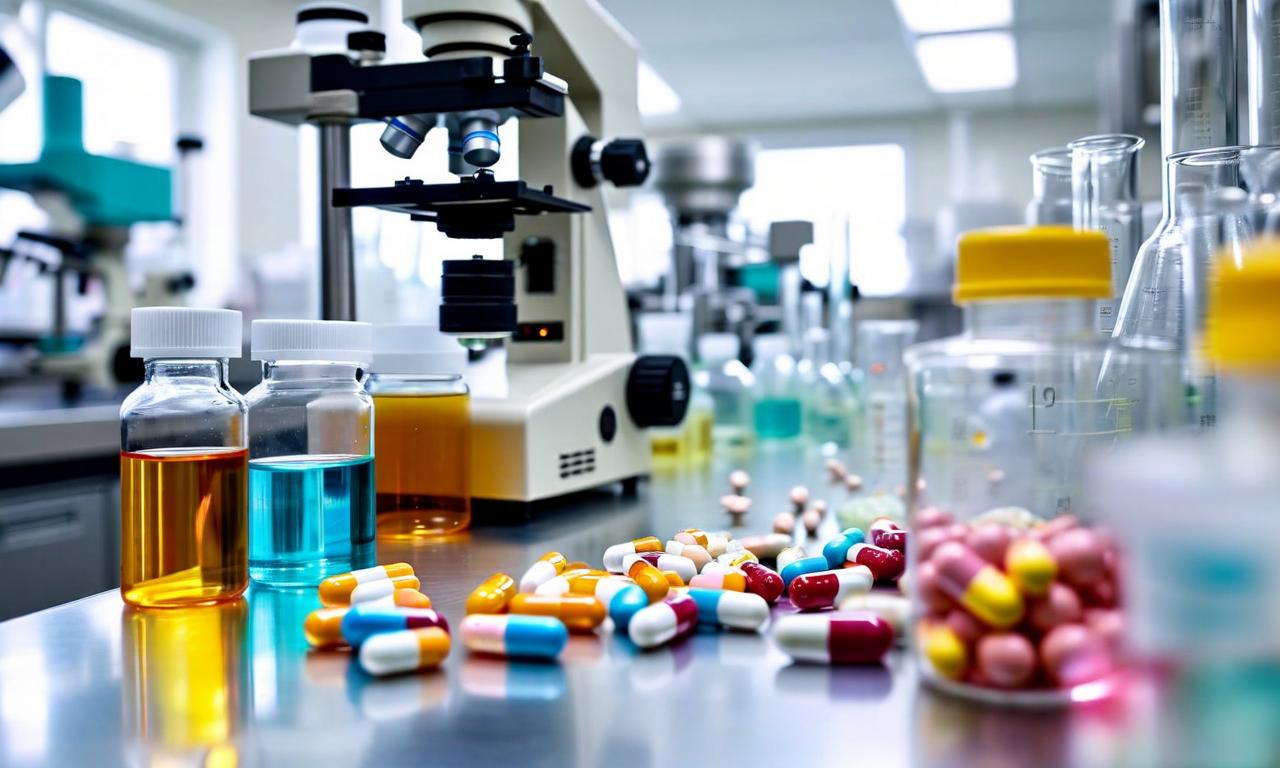
*this image is generated using AI for illustrative purposes only.
The Indian pharmaceutical sector continues to play a crucial role in the global generic drug market, particularly in the United States. Recent data highlights the sector's significance and the potential challenges it faces.
India's Dominance in US Generic Drug Market
India currently supplies 45-50% of all generic drugs consumed in the United States. This substantial market share underscores the importance of Indian pharmaceutical companies in the global healthcare landscape. For leading Indian pharmaceutical firms, generics account for nearly one-third of their revenues, indicating the sector's heavy reliance on this segment.
Tariff Uncertainty and Section 232 Investigation
While Indian generic drugmakers are currently exempt from tariff measures, the industry faces uncertainty due to a pending Section 232 investigation. This investigation could potentially lead to the imposition of tariffs on Indian pharmaceutical imports to the US.
JPMorgan Healthcare Analyst Bansi Desai provides insights into the potential impact of tariffs:
- Modest tariffs of 10-20% may be absorbed by the industry without significant disruption.
- Higher tariffs of 20-30% could pose challenges, but India may still retain cost advantages.
Cost Advantages and Manufacturing Capabilities
India's pharmaceutical industry maintains a significant cost advantage over US manufacturing:
- US manufacturing costs are estimated to be 50-60% higher than in India.
- Establishing new manufacturing facilities in the US requires 3-4 years for approvals, further cementing India's current market position.
Positioning of Major Players
Larger Indian pharmaceutical companies are better positioned to navigate potential tariff challenges:
- Firms like Lupin, Cipla, and Sun Pharma benefit from their scale and global supply chains.
- These companies may be more resilient in the face of potential tariff impositions.
Growth Opportunities in CDMO Sector
The Contract Development and Manufacturing Organization (CDMO) sector presents significant growth opportunities for Indian pharmaceutical companies:
- The global CDMO market is estimated at $200.00 billion.
- India currently holds only 4% of this market, indicating substantial room for expansion.
- Indian CDMO players are expanding into complex areas, including:
- Antibody-drug conjugates
- Peptides
- Oligonucleotides
Conclusion
While the Indian pharmaceutical sector faces potential challenges from tariff uncertainties, its strong market position, cost advantages, and expansion into complex drug manufacturing areas suggest a resilient outlook for the industry.
